Dead Fish, Dead Cows, and Dead Crops in Argentina
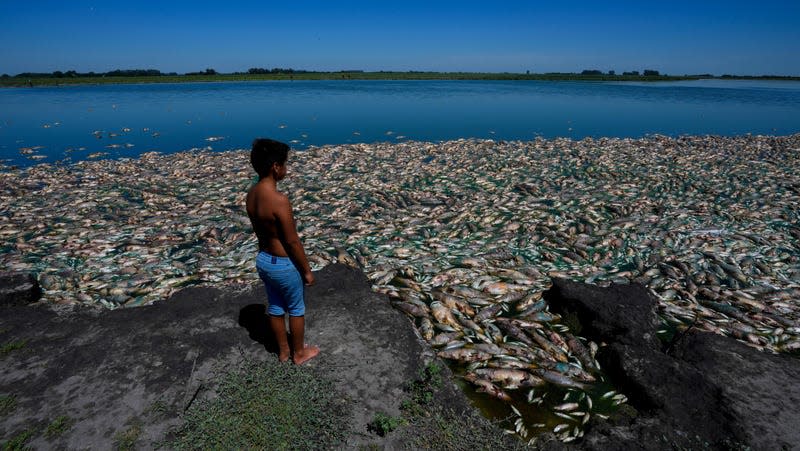
Thousands of dead fish washed up along the shore of a river in Argentina this weekend, in the latest symptom of the extreme drought and heat that has gripped the country in recent months, the AP reported.
In addition to high temperatures, the country is in the middle of a punishing drought that began in May. The drought is one of the worst to hit the country in decades, officials say.
Read more
These Winning Close-Up Photos Show Life That's Often Overlooked
Remembering Enterprise: The Test Shuttle That Never Flew to Space
Months of Extreme Weather
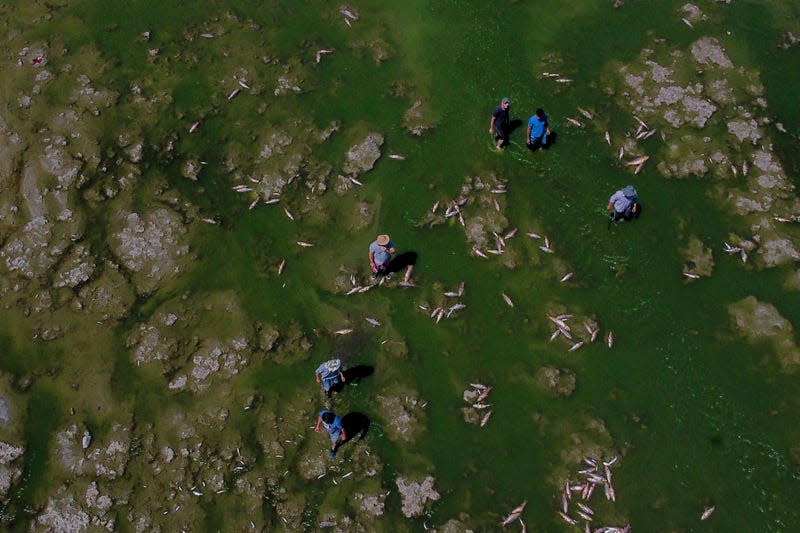
People living along the Salado River in the province of Buenos Aires searched for fish that were still alive among the carcasses that washed onshore. The fish die-off is just another symptom of the extreme weather that has gripped Argentina for months.
Drought Wreaking Havoc on Crops
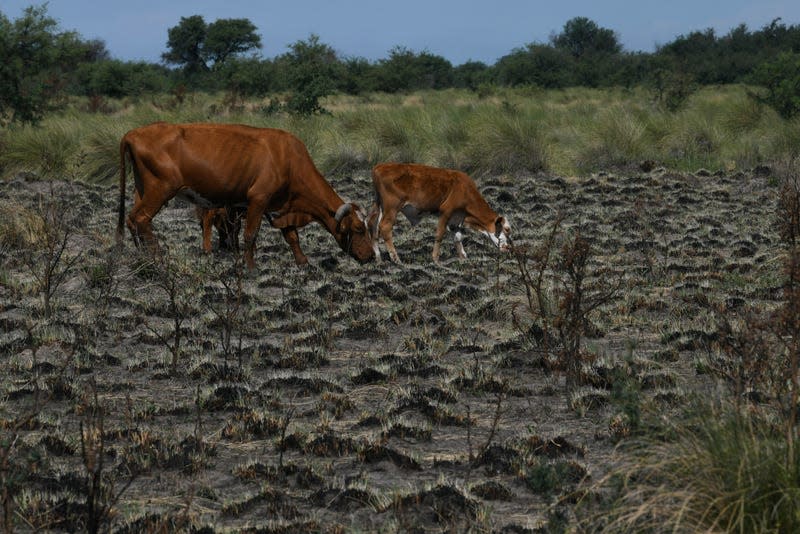
Argentina is one of the world’s top producers of staple crops; it’s the world’s third largest exporter of corn and soy, and the sixth largest producer of wheat. The severe weather conditions have wreaked havoc on this year’s harvest. Thousands of heads of cattle have also died in recent months thanks to a lack of water.
Water Deficits Abound
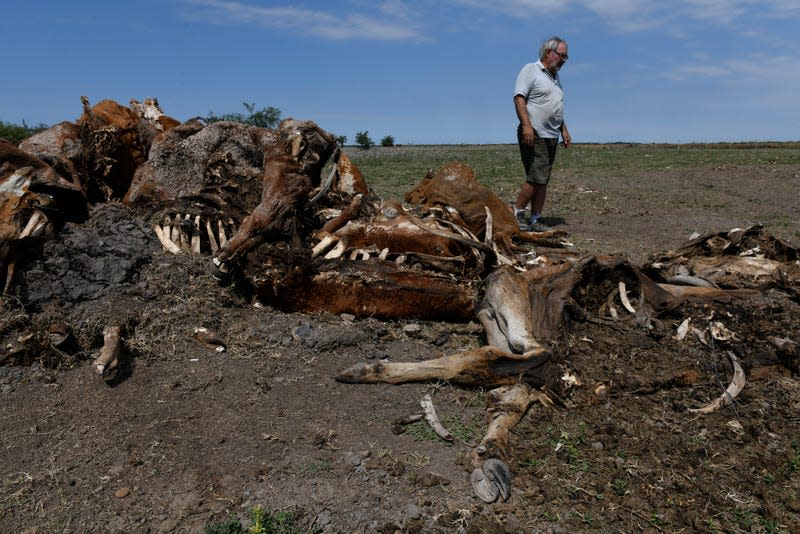
“We have been experiencing a water deficit for the last two years and this year we have not even reached 50% of the average for this area,” a farmer outside of Buenos Aires told Reuters in December, mentioning that most of his wheat plants would have to be repurposed for cattle feed rather than fed into the market for human consumption.
Some Relief—But Not Enough
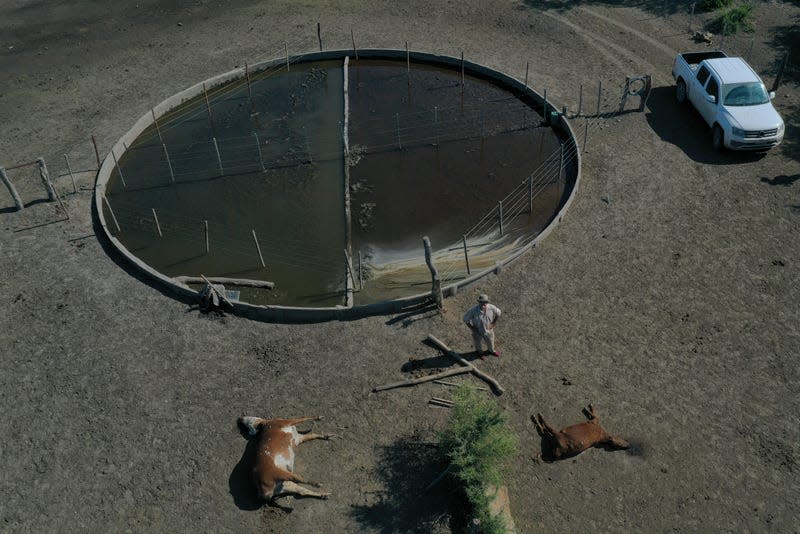
The Buenos Aires Grain Exchange said Thursday that rain could alleviate the worst of the drought as soon as next week, although a return to normal won’t be immediate.
“Precipitation will pick up, improving soil moisture reserves and moderating the intensity of heat waves, but the process will be slow,” the organization said earlier this month. “Only towards the end of March will the soils replenish their moisture reserves in most of the agricultural area.”
Other Fish Die-Offs Worldwide
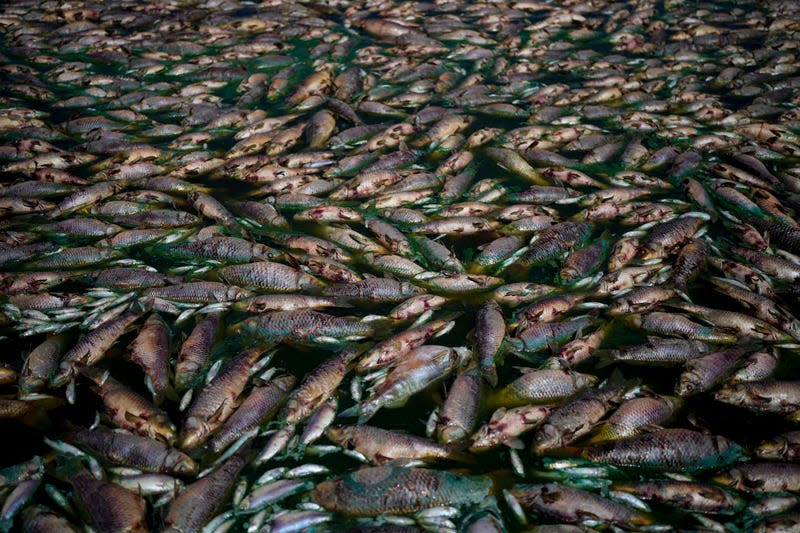
It’s not unusual for fish to die off during extreme heat and drought conditions. Last summer, fish die-offs were reported in Poland and Germany, Canada, the UK, Louisiana, and Utah due to a combination of factors related to heatwaves and low water in those locations.
La Niña to Blame
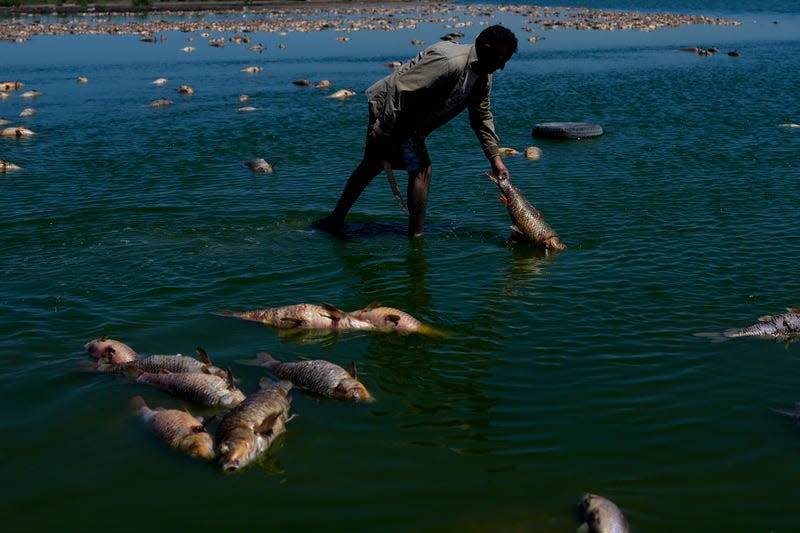
The dire weather conditions in Argentina are made worse by a third La Niña in a row. La Niñas are natural weather phenomena that have a variety of impacts on the tropical west coast of South America, including limiting rainfall to Argentina’s most crucial agricultural areas.
Climate Impacts
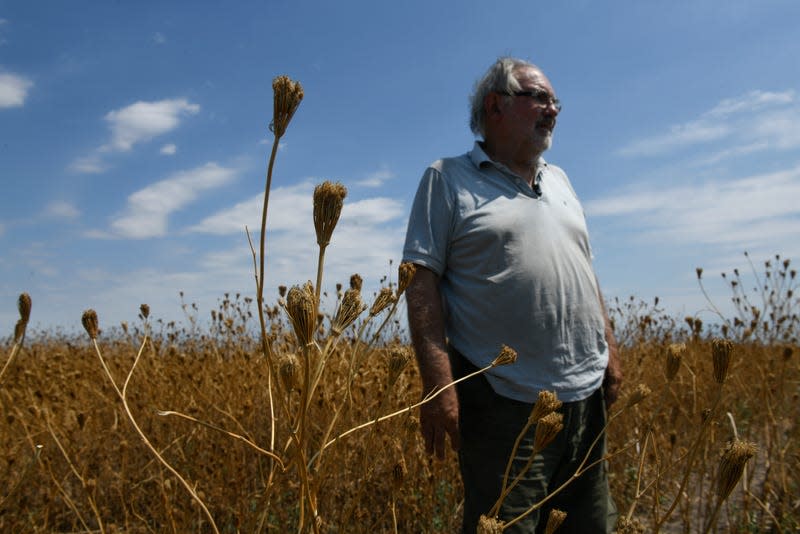
La Niñas aren’t caused by climate change, but they can exacerbate conditions already made more severe by climate change. The Intergovernmental Panel on Climate Change has found that extreme heatwaves that used to happen once every half century now occur five times more often thanks to climate change; extreme droughts that used to happen once a decade, meanwhile, are now 70% more likely.
More from Gizmodo
Sign up for Gizmodo's Newsletter. For the latest news, Facebook, Twitter and Instagram.

